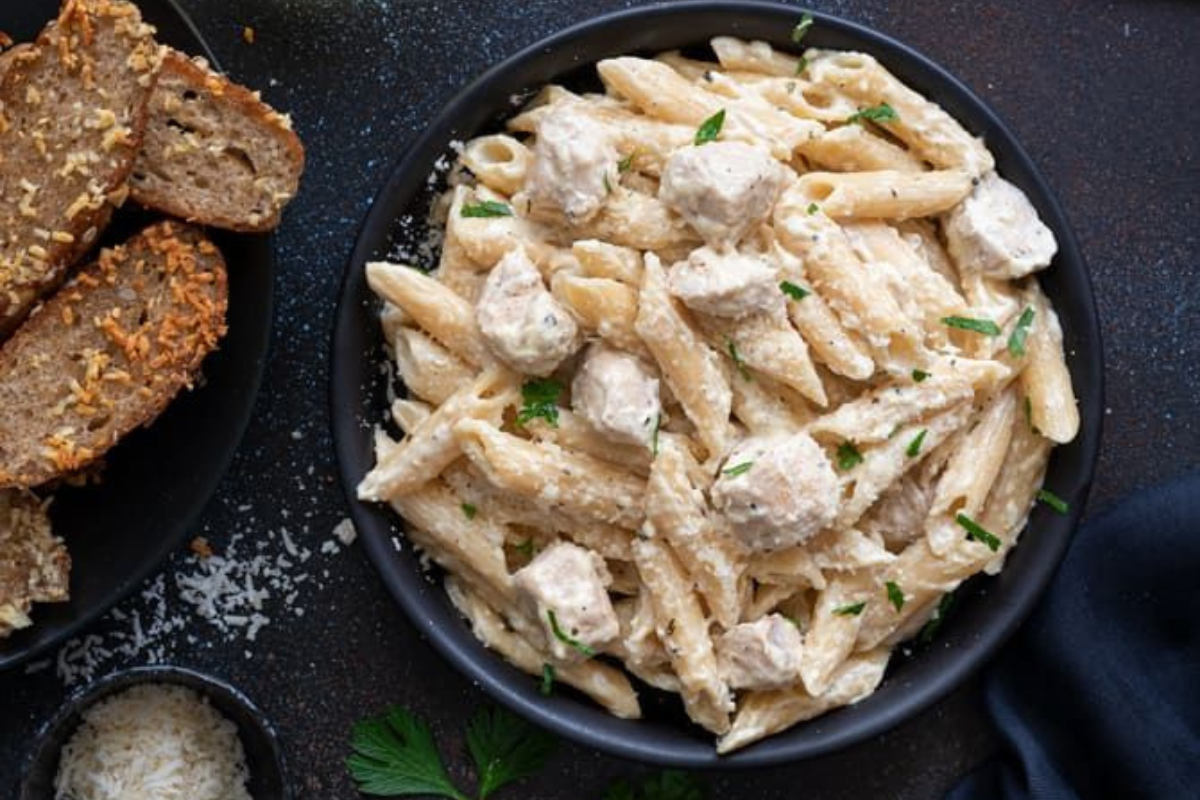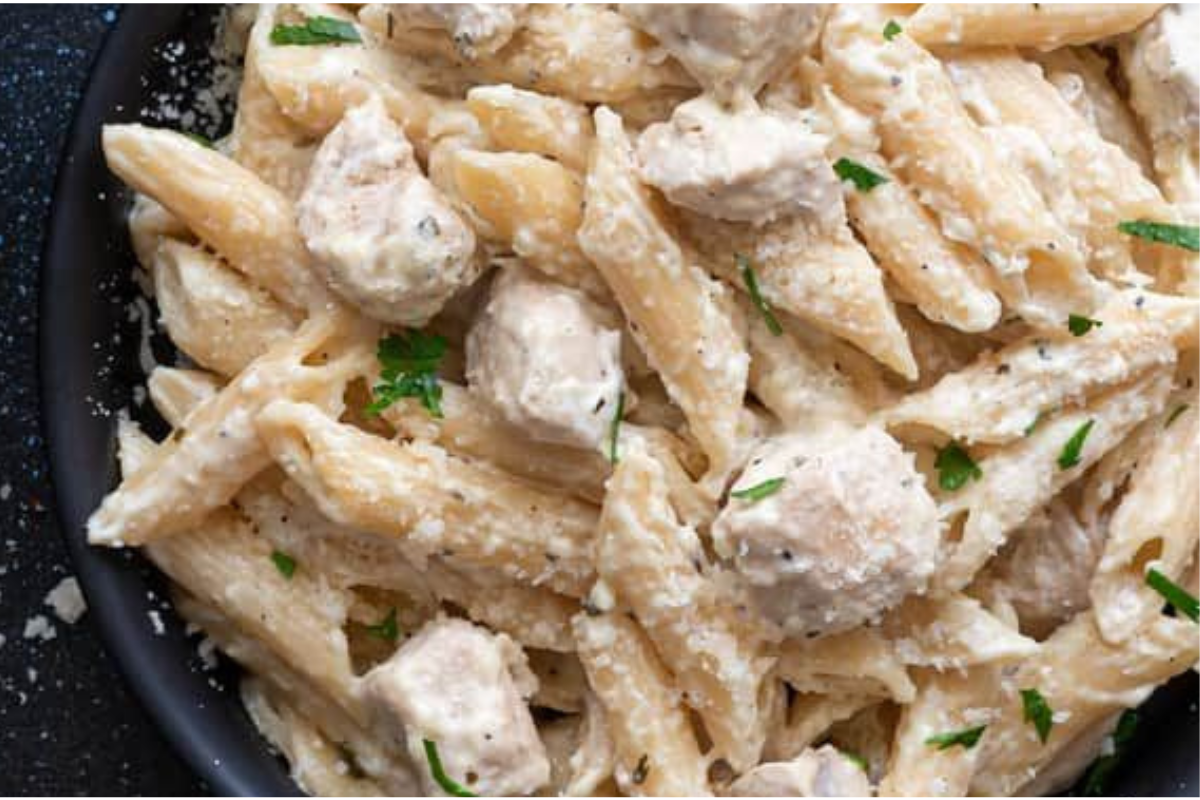How to Cook Plain Instant Pot Pasta
Cooking pasta in an Instant Pot is surprisingly straightforward and requires minimal ingredients. The basic essentials include:
- Pasta: Choose your preferred type, such as penne, fusilli, or spaghetti.
- Water: Enough to cover the pasta in the pot.
- Salt: To enhance the pasta’s flavor.
Here’s a step-by-step guide to cooking plain pasta in the Instant Pot:
- Measure the Pasta and Water: Start by measuring your pasta. For the water, the general rule is to use just enough to cover the pasta in the pot.
- Add Pasta to the Instant Pot: Place the pasta in the Instant Pot. Spread it evenly to avoid clumps.
- Add Water and Salt: Pour the water over the pasta, ensuring it’s fully submerged. Add a pinch of salt for flavor.
- Set the Instant Pot: Secure the lid on the Instant Pot and set the valve to the sealing position. Choose the manual setting and adjust the cooking time based on the type of pasta (more on this in the next section).
- Pressure Cooking: The Instant Pot will take a few minutes to build up pressure before it starts cooking.
- Release Pressure: Once the cooking time is up, use the quick release method to release the pressure.
- Drain (if needed) and Serve: Carefully open the lid once the pressure is fully released. If there’s excess water, drain the pasta. Serve hot with your desired sauce or toppings.
For Different Pasta Types:
- For long pastas like spaghetti or fettuccine, break them in half if needed to fit and spread them out to prevent sticking.
- For smaller pastas like macaroni, follow the same basic steps but adjust the water level and cooking time accordingly.
Instant Pot Pasta Water Ratios and Cooking Times
The water-to-pasta ratio is crucial in the Instant Pot to avoid the pasta from becoming too dry or too watery. Here are some guidelines:
- Short Pasta (like penne, rigatoni): Generally, use enough water to just cover the pasta.
- Long Pasta (like spaghetti, linguine): Ensure pasta is fully submerged in water.
Cooking Times for Various Pasta Types:
- Standard Rule: The cooking time is usually half the time recommended on the pasta package.
- Short Pasta: For example, if the package says to cook for 10 minutes, set the Instant Pot for 5 minutes.
- Long Pasta: This might need a minute or two more than half the recommended time, depending on the thickness.
Remember, these are guidelines. The perfect ratio and cooking time may vary slightly based on the specific brand or type of pasta. It’s always a good idea to do a test run to find the best settings for your favorite pasta type.




1 thought on “Instant Pot Pasta Recipes”